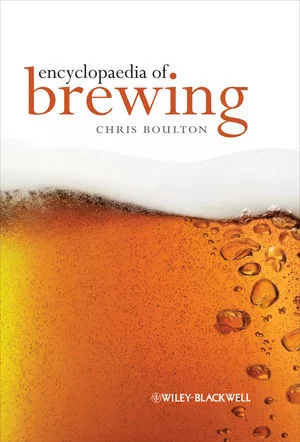Last Drop: Scene Setters
Beverage Industry Managing Editor Jennifer Zegler finds out how beverages can enhance an experience.

During an interview for this month’s cover story, Rick Zimmerman, senior vice president of marketing and innovation for Cincinnati-based Sunny Delight Beverages Co., mentioned that his innovation strategy is influenced by Harvard Business School Professor Clayton Christensen.
“[Christensen] says, ‘Your brand has to answer a very simple question: Assume it’s being hired by the consumer to do a specific job, almost like a job applicant,’” Zimmerman says. “‘What job does your brand do for the consumer?’”
Christensen’s proposition was brought to mind during my recent visit to The Wizarding World of Harry Potter theme park in Orlando, Fla. The Wizarding World recreates in meticulous detail the fictional town of Hogsmeade created by “Harry Potter” author J.K. Rowling.
Two beverages that Rowling invented for the series, Butterbeer and Pumpkin Juice, play integral roles in bringing the experience to life. Previously only depicted in “Harry Potter” books and movies, both of these beverages are available exclusively at the park. Although visitors young and old stock up on themed souvenirs, it seemed as though hardly anyone entered Wizarding World without purchasing one or both of the beverages from outdoor kiosks or themed stores and restaurants.
With a taste similar to a vanilla ice cream float made with cream soda, Butterbeer is sold frozen or “cold and bubbly” and is topped off with a creamy, sweet substitute for froth. Pumpkin Juice is sold in a 16-ounce bottle accented by a plastic pumpkin. Unlike the sweet overload of Butterbeer, Pumpkin Juice is an 81 percent juice beverage made from apple juice, pumpkin puree and apricot puree that tastes similar to apple cider. Formerly relegated to the imaginations of “Harry Potter” fans, the beverages add a tangible experiential component to the themed Wizarding World.
Looking for a reprint of this article?
From high-res PDFs to custom plaques, order your copy today!



